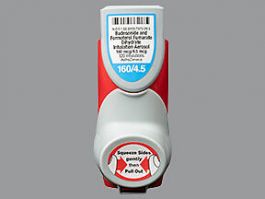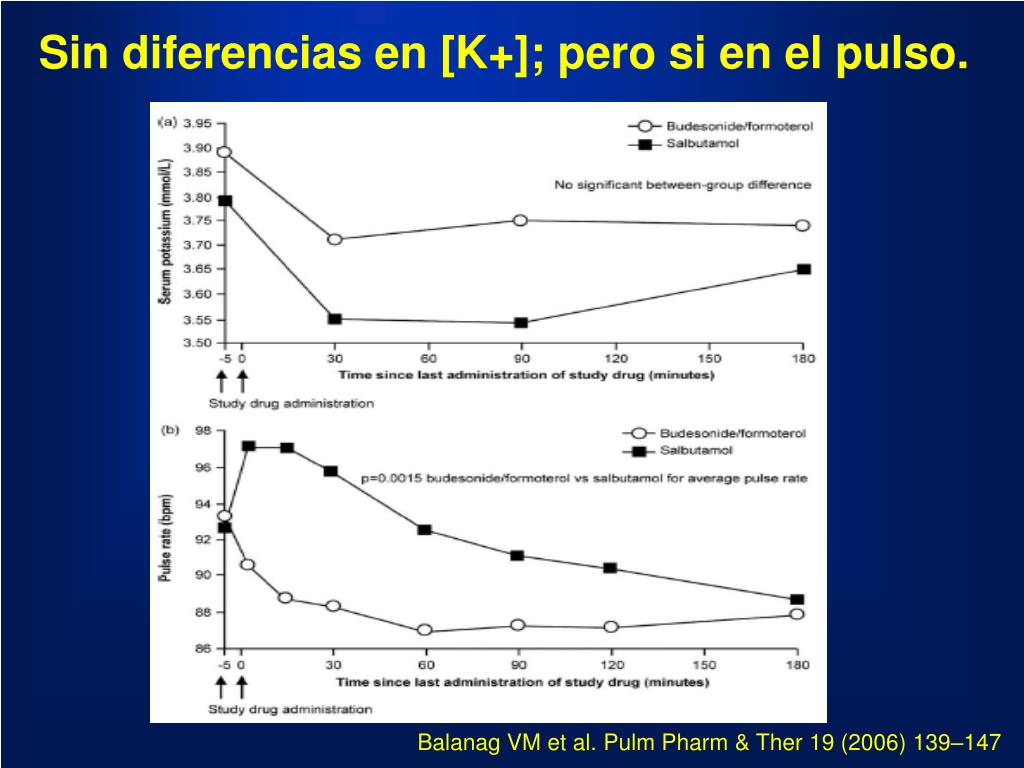


SYMBICORT should be used with caution in patients with convulsive disorders, thyrotoxicosis, diabetes mellitus, ketoacidosis, and in patients who are unusually responsive to sympathomimetic amines.In rare cases, patients on ICS may present with systemic eosinophilic conditions.Close monitoring is warranted in patients with a change in vision or history of increased intraocular pressure, glaucoma, or cataracts Glaucoma, increased intraocular pressure, and cataracts have been reported following the administration of ICS, including budesonide, a component of SYMBICORT.ICS may result in a reduction in growth velocity when administered to pediatric patients.Since patients with COPD often have multiple risk factors for reduced BMD, assessment of BMD is recommended prior to initiating SYMBICORT and periodically thereafter Long-term use of ICS may result in a decrease in bone mineral density (BMD).SYMBICORT should be used with caution in patients with cardiovascular disorders, especially coronary insufficiency, cardiac arrhythmias, and hypertension Excessive beta-adrenergic stimulation has been associated with central nervous system and cardiovascular effects.Immediate hypersensitivity reactions may occur, as demonstrated by cases of urticaria, angioedema, rash, and bronchospasm.As with other inhaled medications, paradoxical bronchospasm may occur with SYMBICORT.Caution should be exercised when considering administration of SYMBICORT in patients on long-term ketoconazole and other known potent CYP3A4 inhibitors.Deaths due to adrenal insufficiency have occurred in asthmatic patients during and after transfer from systemic corticosteroids to less systemically available ICS Particular care is needed for patients who are transferred from systemically active corticosteroids to ICS. It is possible that systemic corticosteroid effects such as hypercorticism and adrenal suppression may occur, particularly at higher doses.A more serious or even fatal course of chickenpox or measles can occur in susceptible patients Due to possible immunosuppression, potential worsening of infections could occur.Lower respiratory tract infections, including pneumonia, have been reported following the administration of ICS.Patients should rinse the mouth after inhalation of SYMBICORT Localized infections of the mouth and pharynx with Candida albicans has occurred in patients treated with SYMBICORT.Patients who are receiving SYMBICORT should not use additional formoterol or other LABA for any reason.SYMBICORT should not be initiated in patients during rapidly deteriorating episodes of asthma or COPD.

SYMBICORT is NOT a rescue medication and does NOT replace fast-acting inhalers to treat acute symptoms.When LABA are used in fixed dose combination with ICS, data from large clinical trials do not show a significant increase in the risk of serious asthma-related events (hospitalizations, intubations, death) compared to ICS alone These findings are considered a class effect of LABA. Available data from controlled clinical trials also suggest that use of LABA as monotherapy increases the risk of asthma-related hospitalization in pediatric and adolescent patients. Use of long-acting beta 2-adrenergic agonists (LABA) as monotherapy (without inhaled corticosteroids ) for asthma is associated with an increased risk of asthma-related death.


 0 kommentar(er)
0 kommentar(er)
